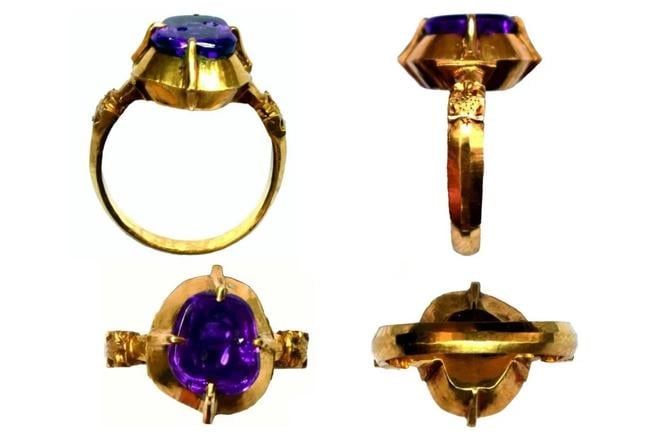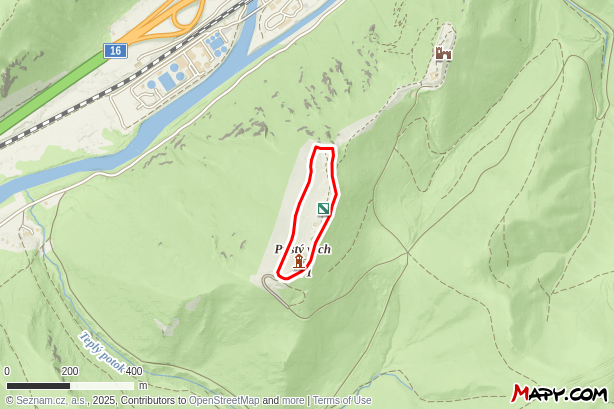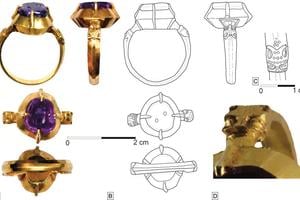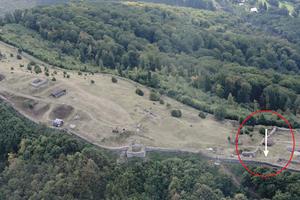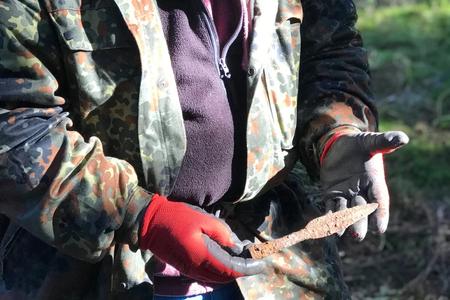A striking 18-carat gold ring adorned with a deep red-purple sapphire, likely sourced from Sri Lanka, has been uncovered by archaeologists at Pustý hrad (Deserted Castle) above the central Slovak town of Zvolen. Experts believe the piece dates back to around 1300.
Described by researchers as a rare and valuable find, the ring not only demonstrates exquisite craftsmanship, but also offers insights into medieval trade routes and the status of its owner – likely a nobleman or high-ranking cleric, according to My Zvolen.
First discovered in 2001 at Dončov Castle, part of the Deserted Castle’s Upper Castle ruins, the ring stood out immediately due to its golden sheen. But further analysis revealed an even greater surprise: a cabochon-cut sapphire – a style marked by a rounded top and flat base – set in a clover-shaped mount. The gemstone features four mysterious boreholes, suggesting it may have once adorned another piece of jewellery.
Using elemental analysis, scientists confirmed the sapphire is natural and untreated – an unusual trait even historically – and its chemical composition closely matches deposits found in Sri Lanka. “This level of quality could have reached central Europe only via complex trade networks,” said gemologist Ján Štubňa, who led the analysis.
The ring’s design includes engraved lions’ heads on the shoulders, possibly symbolising strength or protection. According to historian Noémi Beljak Pažinová, there is no known parallel to this artefact within the former Kingdom of Hungary. “Although we may never learn who wore it or how it arrived here, its uniqueness is undeniable,” she said.
The discovery is part of a long-term archaeological project led by Ján Beljak, aiming to uncover the history of one of medieval Hungary’s most important royal strongholds, dating back to the 12th century. Despite its prominence, the site fell into ruin over time, and much of what is known has emerged thanks to ongoing excavations.
The 2025 research season, the 34th to date, is funded by the town of Zvolen. This year’s work focuses on the summit of the Upper Castle, where a firewater reservoir will be installed. Restoration is also underway at the Lower Castle, where a tower is being repurposed for cultural events.


